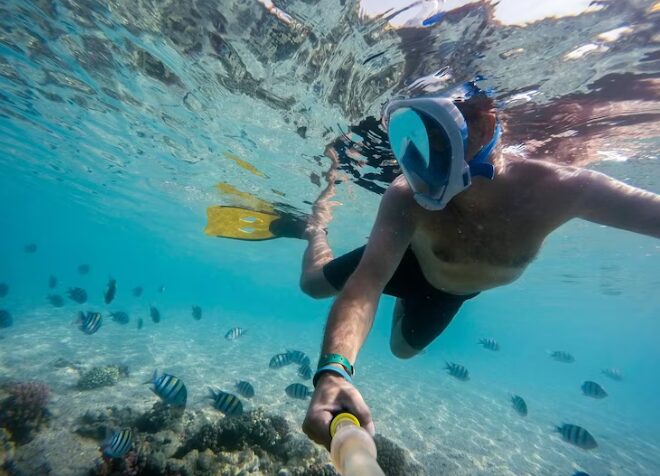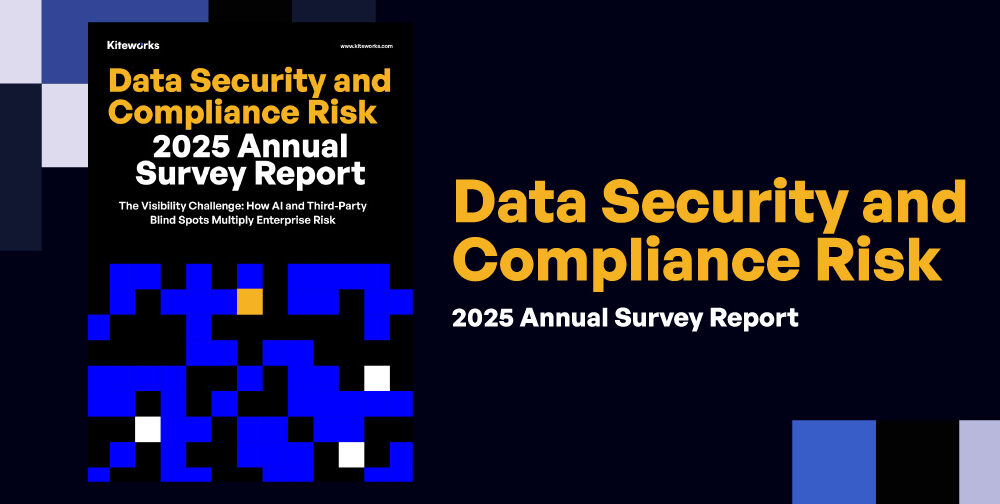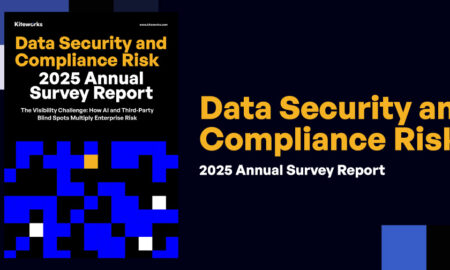From Spreadsheet to Sea Breeze: Why Algorithms Now Chart Leisure
U S travelers no longer sift through blog lists before packing. They open an app, type “snorkeling in Cabo”, and watch a digital planner fill six empty hours with reef dives, beach breaks, and snack times. The route appears on a map, the payment screen follows, and a QR code lands in the inbox. That speed matters because vacation days feel scarce and phone habits run deep.
The Sensors and Sources Feeding the Model
Building a smart itinerary starts with good numbers. Sea-surface temperature buoys float beyond the bay, drone surveys scan coral color, and NOAA files beam down hourly wind layers. Nearby marinas funnel the feeds into one cloud deck so the system can compare them in real time. Reliable data equals safer trips and fewer rain-out refunds.
Cleaning the Stream
Raw feeds arrive messy. Engineers tag duplicates, trim error spikes, and lock each reading to a five-minute slot. Clean data gives the algorithm confidence and keeps guests away from rough chop.
Neural Nets Meet Salt Spray: Building the Route Engine
Inside the server room, a stack of recurrent layers studies wave height, crowd tags, and tide pull to predict the best cove thirty minutes ahead. Reinforcement learning rewards the engine when guest surveys show high clarity scores and coral beds remain healthy. Lightweight models sit on tablets aboard private catamarans so the crew can steer even if the pier signal drops.
Protecting the Sea of Cortez
The code does more than chase clear water. It caps visitor counts at fragile reefs and changes anchor points daily to reduce seabed wear. Conservation protocols live in every line of the software so fun never outpaces sustainability.
What Changes on Deck
Phones buzz an hour before departure with a tailored packing list: rash guard, reef-safe sunscreen, water bottle. Once aboard, heat-map seating guides families to shaded benches while selfie seekers claim the bow. If water clarity shifts mid-day, the captain receives a prompt and slides the snorkeling window fifteen minutes—nobody feels the adjustment, yet everyone still grabs the perfect shot. Small nudges make big memories.
Economic Upsides and New Roles
Tech does not erase jobs; it reshapes them. Charter firms now post openings for data analysts, sensor technicians, and bilingual AI concierges who translate route updates on the fly. The hiring wave ripples outward to cable suppliers and solar-panel distributors, strengthening Cabo’s blue-economy backbone. Innovation feeds paychecks as surely as it fills boats.
Privacy, Ethics, and Coral-First Code
Guests worry about who sees their location pings. Booking apps answer with GDPR-aligned consent screens and time-boxed tracking that pauses the moment passengers step ashore. Reef imagery is anonymized at capture so fragile sites stay off public maps. Ethical guardrails protect both people and polyps in equal measure.
Booking an AI-Curated Snorkel Trip
- Download the verified charter app before you board your flight.
- Check tide forecasts inside the app to pick the clearest slot.
- Confirm your QR pass two hours out and screenshot it for backup.
- Pack reef-safe sunscreen to match the trip’s eco goals.
Follow those four steps and you will step aboard ready to swim, not shuffle paper.
What’s Next on the Horizon
LiDAR rigs may soon sketch coral heads in millimeter detail. Predictive barnacle sensors will alert crews when hull drag climbs, trimming fuel burn. Quantum solvers lurk on the horizon, poised to crunch route trees in seconds. Progress never anchors for long, and that is good news for vacationers who crave both ease and awe.
Machine learning has found its sea legs, guiding private catamarans through turquoise corridors with quiet precision. The next time your screen glows with an itinerary built in moments, remember that code and coral are already in conversation—inviting you to breathe through a snorkel and witness the Sea of Cortez at its most vivid.



































